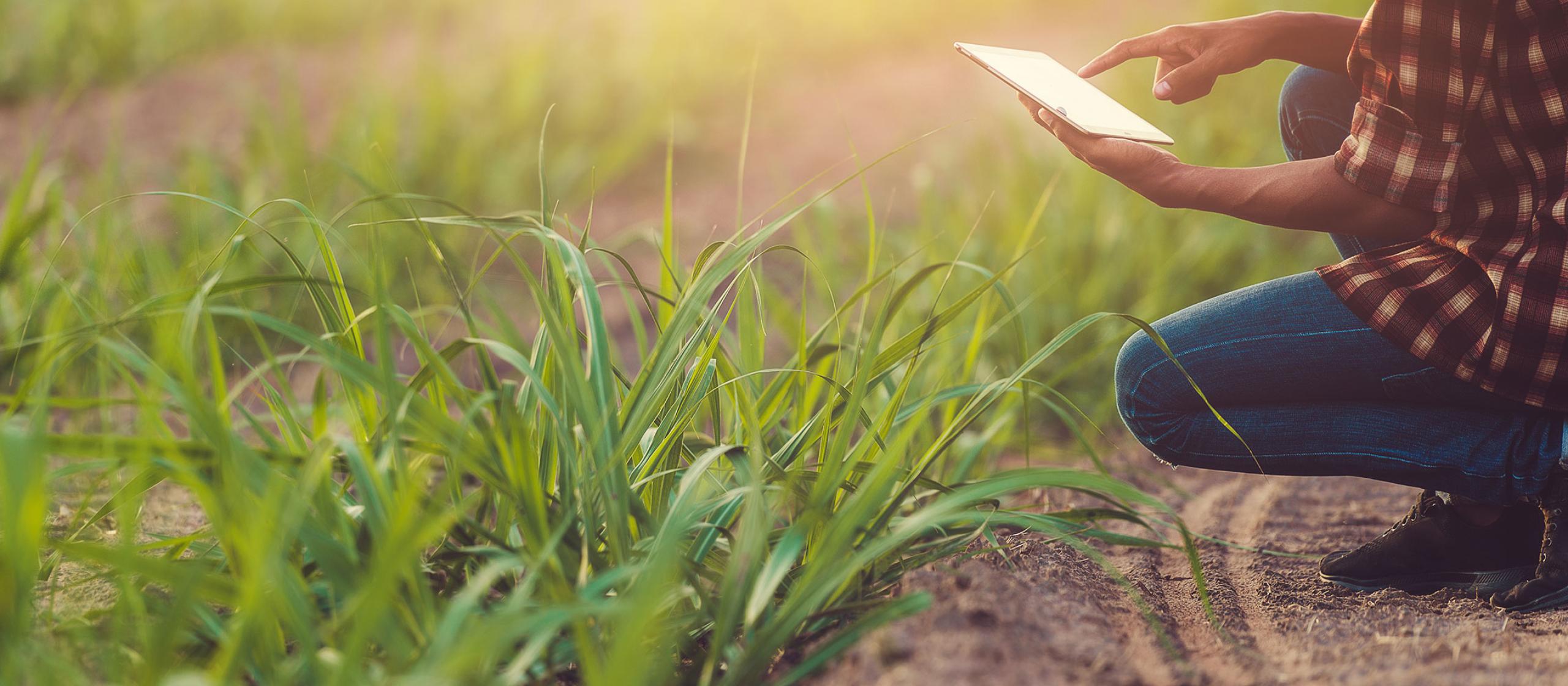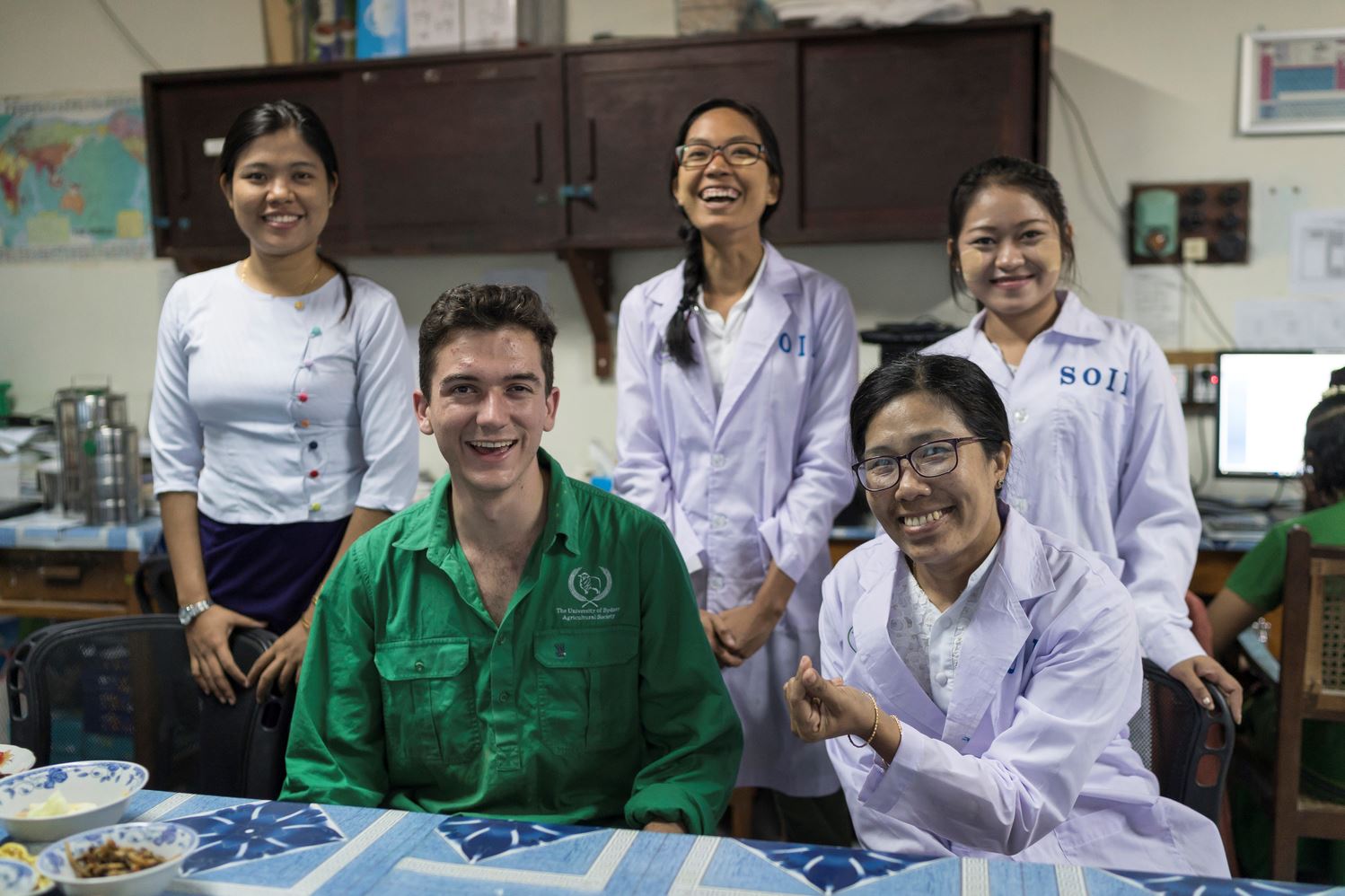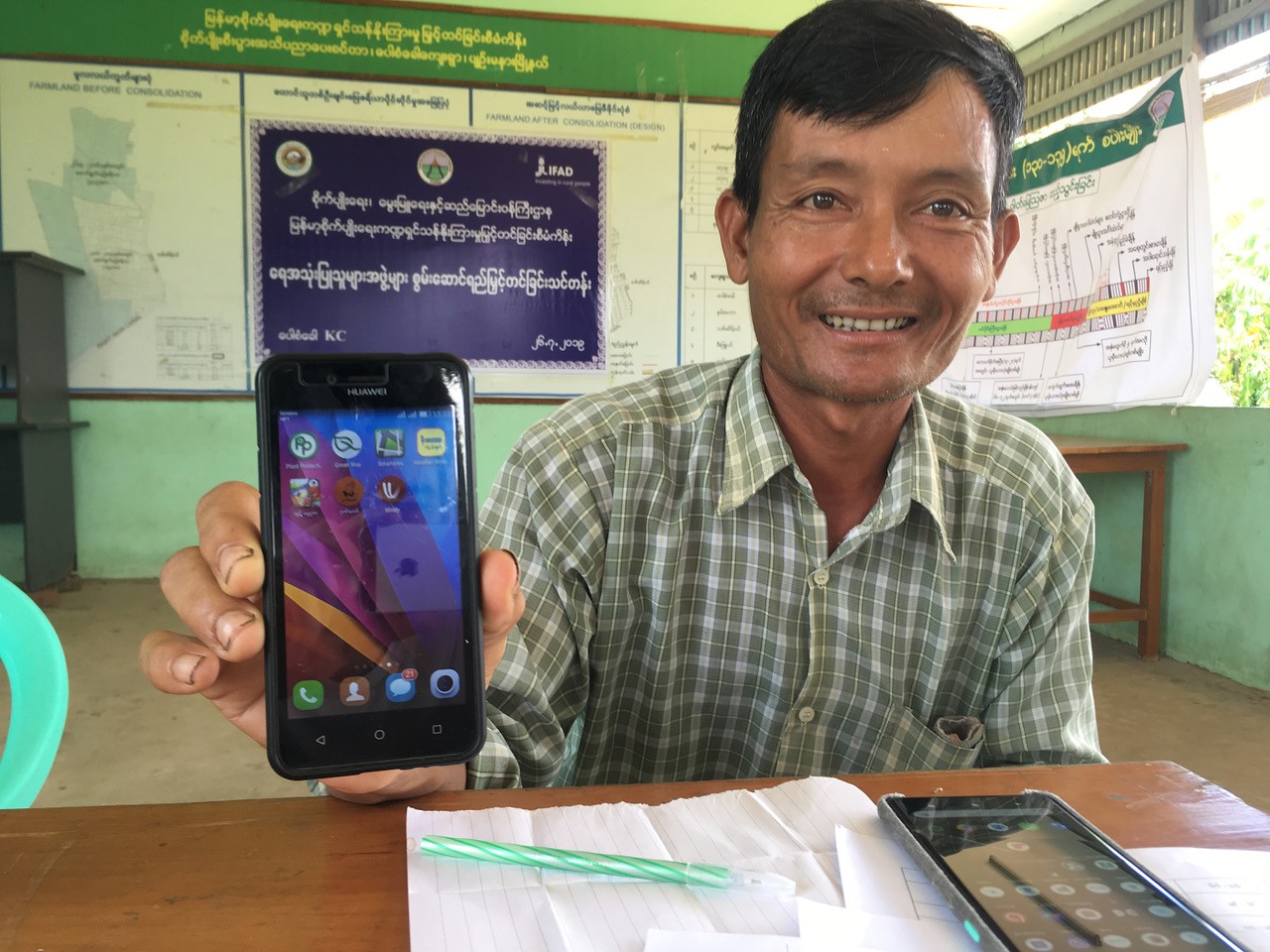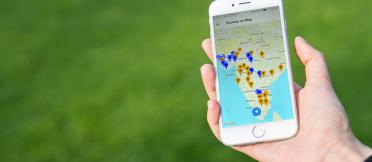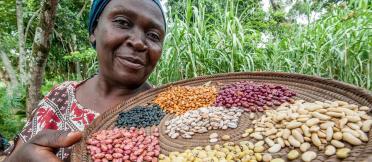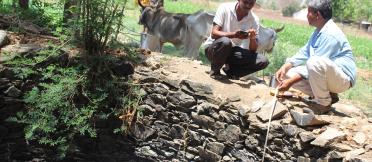- HomeHome
-
About ACIAR
- Our work
- Our people
-
Corporate information
- ACIAR Audit Committee
- Commission for International Agricultural Research
- Policy Advisory Council
- Agency reviews
- Executive remuneration disclosure
- Freedom of information (FOI)
- Gifts and benefits register
- Information publication scheme
- List of new agency files
- Contracts
- Legal services expenditure
- Privacy impact assessment register
- Commonwealth Child Safe Framework
- Benefits to Australia
- Careers
- 40 years of ACIAR
-
What we do
- Programs
- Cross-cutting areas
- Resources
- Where we work
-
Funding
- Research projects
- Fellowships
-
Scholarships
- John Allwright FellowshipScholarships to study in Australia for ACIAR partner country scientists to have Australian postgraduate qualifications
- ACIAR Pacific Agriculture Scholarships and Support and Climate Resilience Program
- Alumni Research Support Facility
- Publications
- News and Outreach
Date released
16 December 2020
New smartphone apps and other digital products are overcoming distance barriers and transforming agricultural extension work around the world. But their success depends on developers taking time to understand end-users’ technology preferences and information needs.
Digital product developers designing new services for farmers in low- and middle-income countries can learn many lessons from past failures, says agricultural researcher and alumnus of the ACIAR Graduate Development Program, Sam Coggins.
The first is the need to gear digital innovations to available technology, no matter how low-tech. While more farmers in South Asia and South-East Asia are getting smartphones, in African countries smartphone penetration is much lower. Farming communities there still largely communicate and access their information via voice and SMS on older mobile phones, rather than smartphone apps.
‘Interfaces like older mobile phones are used at a much bigger scale in smallholder agriculture,’ says Mr Coggins.
‘Even for farmers who can access them, new apps require users to put a lot of trust in something from an unknown organisation. They also need a fair bit of patience and digital literacy to download and use them, not to mention reliable and cheap internet access.’
Lessons from Myanmar
In Myanmar, Mr Coggins helped develop a smartphone app aimed at helping rice-farmers improve crop yields. The app was designed to diagnose nitrogen deficiency from photos of yellowing plant leaves, allowing the user to calculate the amount of fertiliser needed to rectify the deficiency.
To the team’s surprise, the farmers rejected the app, saying their most valuable possession—their smartphone—would never be taken into a rice-paddy where it could accidentally slip into the water. In fact, it turned out most of the farmers already knew about the nitrogen deficiency—the real problem was that they couldn’t afford to buy more fertiliser.
The team went back to the drawing board, replacing its ‘whizzbang’ app with videos and infographics on Facebook—a social-media platform farmers already used and trusted.
The focus this time is on demonstrating how to optimise crop productivity with whatever limited fertiliser farmers have by applying it at specific times in the crop cycle.
According to Mr Coggins, the experience was an important lesson about developing digital farming tools with farmers, not just for them. He has also discovered that agri-apps are used not just by farmers but by others in their networks (such as input retailers and extension workers) to overcome distance barriers and make themselves more informed.
Developing solutions that last
Mr Coggins worked with another team that interviewed 40 developers and users of digital extension products to find out which tools had worked and why. The interviews—funded by ACIAR and the Bill & Melinda Gates Foundation—included participants from Africa, South Asia and South-East Asia.
The findings confirmed the need for developers to build on existing digital platforms that were already used at scale: for example, WhatsApp, farmers’ Facebook profiles, YouTube channels and agri-apps with large established user-communities.
‘The other thing we discovered is the need to plan for sustainability,’ says Mr Coggins. ‘A lot of these digital extension services die when project funding runs out. This is another argument for using existing platforms or apps that already have a sustainable business model behind them.’
Currently, Mr Coggins is working in a team based at Cornell University in the USA on a review of digital farmer services in low- and middle-income countries.
‘We’re reviewing all the evidence out there about digital farming services to find which services have been used, which ones haven’t, and why, and what outcomes they lead to, whether that’s positive or negative.
‘This work is about trying to help those who create digital farming services to make more informed decisions about where they invest. The main audience is agriculture-for-development donors like ACIAR, the Bill & Melinda Gates Foundation and USAID.’
Success stories
Mr Coggins says he’s come across plenty of examples of digital farming services that work.
For example, Plantix is a free smartphone app that allows farmers to access diagnostic and treatment advice for diseased and insect-infested plants by uploading photos. According to the website, the app covers 30 major crops, detects 400 plant problems, is available in 18 languages and has had more than 10 million downloads. Mr Coggins says the information is high quality because the app is run by a machine-learning algorithm that constantly improves as it ‘learns’ from the data it is fed.
Another example is Farming Leader: a YouTube channel with millions of subscribers across India. It is run by Darshan Singh, a Punjabi farmer who showcases videos on everything from artificial insemination of livestock to the latest tractors.
It is important to develop digital farming tools with farmers, not just for them.
Sam Coggins
On the financial side of agribusiness, M-Pesa is an example of a mobile phone-based money transfer, payment and micro-financing service. It is used by farmers (among others) in African countries to deposit, withdraw and transfer money and to pay for goods and services via PIN-secured SMS text messages.
Two-way digital extension
For Mr Coggins, the future of digital farm services is about ‘getting the reverse arrow going in digital extension’.
‘Instead of digital tools where “experts” tell farmers what they ought to do, we need to have tools through which farmers can tell experts, venture capitalists and donors what they ought to do. We can tap into farmers’ strengths and knowledge acquired from hands-on experience and insights into local conditions,’ he says.
‘That’s really exciting. Everyone complains that participatory development is time-consuming and expensive, going out to farms and sitting down with farmers to work together. Of course face-to-face is still crucial. But we can complement that with working together remotely and digitally.’
Key points
- Digital agriculture is helping smallholder farmers access information, finance and services.
- Participatory development with farmers is key to developing relevant, useful and long-lasting digital solutions.
